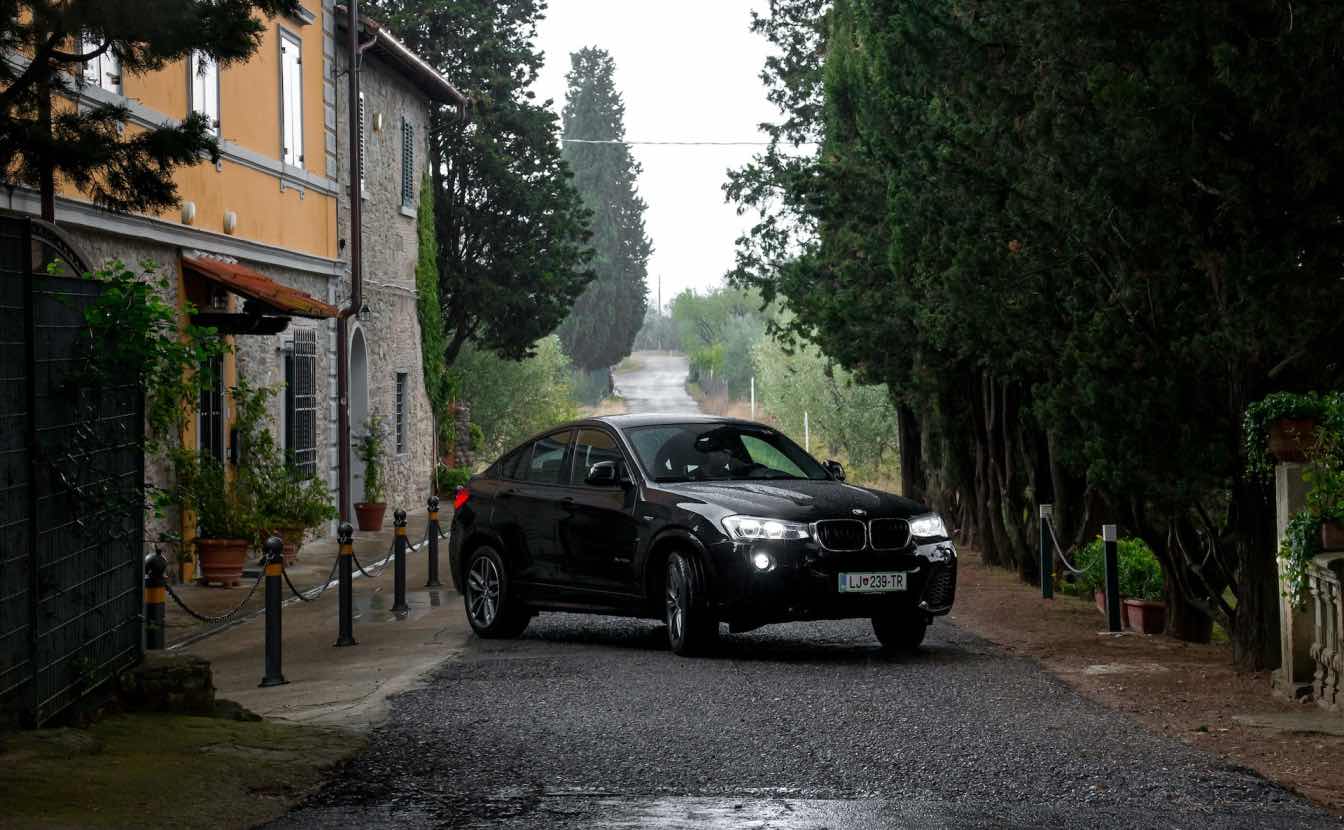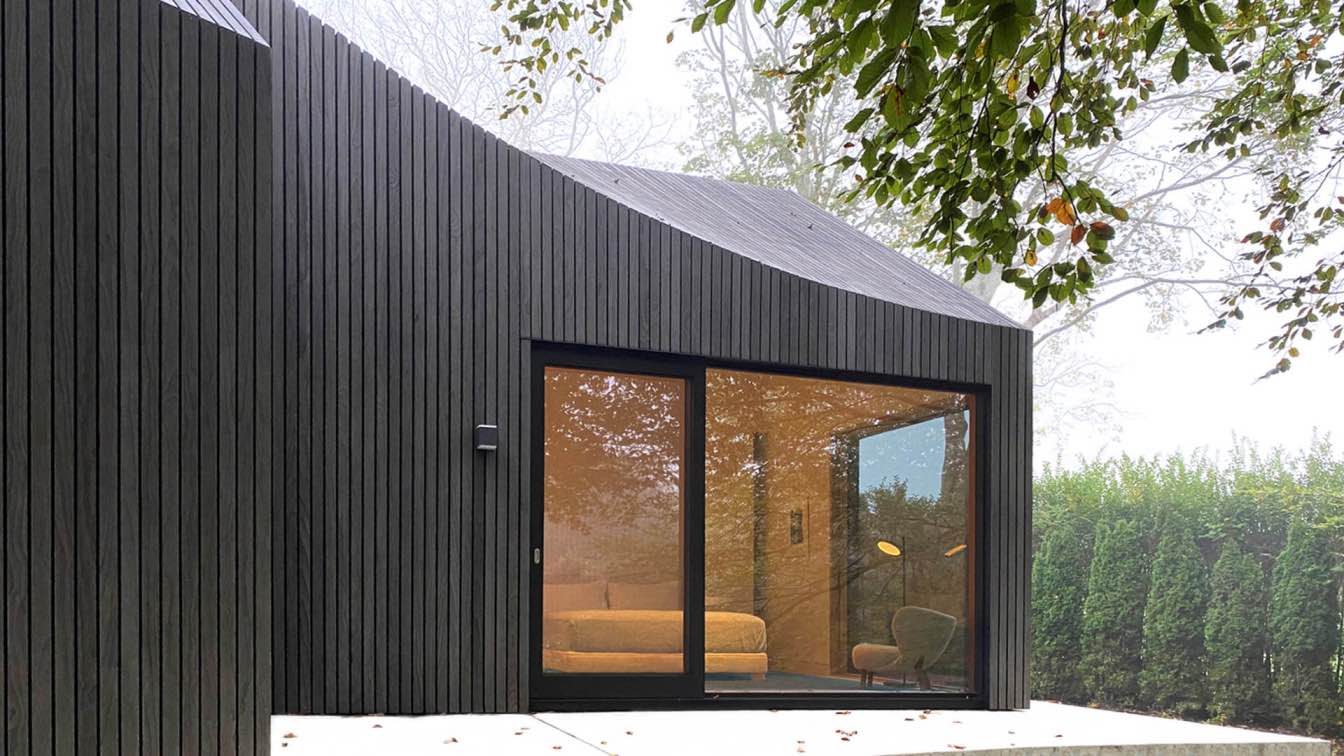Blockchain is a disruptive innovation that can bring about massive changes across many sectors due to its transformative nature within the ever advancing technology field. One area in which this may occur is architectural designs; such a move would completely change how we design, construct, and manage built environments. Combining cryptocurrencies with the built environment creates a way for streamlining transactions and enhancing transparency and security, and it also offers increased levels of honesty regarding property rights.
A Paradigm Shift in Ownership and Transactions
Blockchain technology is centered on its capacity to establish safe distributed databases for financial activities and ownership of valuables. Among the various uses, cryptocurrencies provide one of the most significant applications of blockchain, and it has also opened up new possibilities in areas such as decentralized finance (DeFi), non-fungible tokens (NFTs), and even crypto gaming with options like Crash Rocket gambling real money.
In terms of architecture, blockchain changes the way buying, selling and controlling of property occurs. Through the tokenization of real estate assets, properties can be divided into digital shares represented by blockchain-based tokens. This creates an opportunity for people to invest in smaller units that are easily bought and sold while still ensuring their fair rights are protected.
In addition, smart contracts that rely on blockchain automate as well as ensure that agreements are honored among various stakeholders, removing the requirement for any third party involvement like brokers or even attorneys. By doing this, it cuts the cost involved in transactions and speeds up the process, enhancing the efficacy as well as openness of property deals.
Enhancing Transparency and Trust
Lack of transparency in the construction process and property ownership has always posed a major problem to conventional architecture and the real estate market. However, this has been taken care of through blockchain technology, which records all activities and monetary exchanges carried out on the property in a way that they cannot be changed. From the initial design stages to the final sale or lease, stakeholders can track the entire lifecycle of a building on the blockchain, ensuring transparency and accountability.
Furthermore, blockchain's tamper-resistant nature enhances trust among stakeholders by preventing fraud, forgery, and unauthorized alterations to building records. This increased level of transparency and security not only instills confidence in investors but also facilitates regulatory compliance and dispute resolution in the built environment.
Empowering Community Participation and Governance
In addition, blockchain technology gives communities the authority to take part in determining how their physical surroundings are organized. It is possible for Decentralized Autonomous Organizations (DAOs) to oversee and control construction schemes so that every investor has his say about blueprints, expending of funds as well as giving priorities to different development projects.
Through token-based voting mechanisms, residents, developers, and city officials can collaborate in the creation of more inclusive, sustainable, and resilient urban spaces. This bottom-up approach to governance fosters community engagement and ensures that architectural projects align with the needs and values of the people they serve.
Challenges and Considerations
Although there are many advantages of combining blockchain with architecture, there are specific issues that need attention and solutions. Some of the technical and legal obstacles that need to be overcome for mass adoption include scalability, interoperability as well as regulatory compliance. Furthermore, it is important to ensure that these technologies do not promote harmful practices such as compromising data security, consuming too much electricity, and contributing negatively towards the environment.
Looking Ahead: The Future of Crypto-Architecture
As blockchain technology continues to mature and evolve, its impact on architecture is likely to grow exponentially. From the digitization of design processes to the tokenization of property assets, the fusion of crypto and architecture is reshaping the way we conceive, construct, and experience built environments.
In the years to come, we can expect to see an increasingly interconnected ecosystem where blockchain-powered platforms facilitate seamless collaboration among architects, developers, investors, and communities. By bridging the gap between the digital and physical worlds, blockchain is ushering in a new era of innovation, sustainability, and inclusivity in the built environment.





